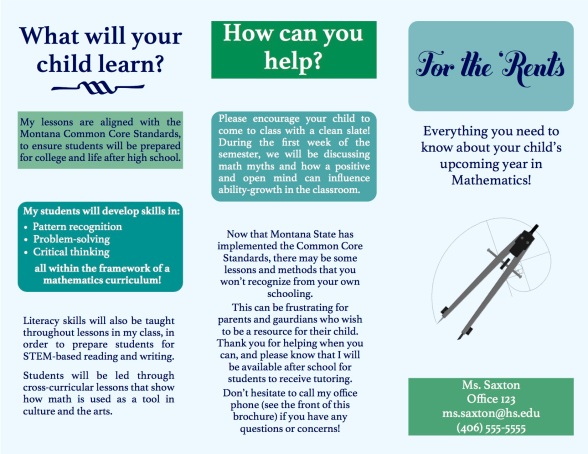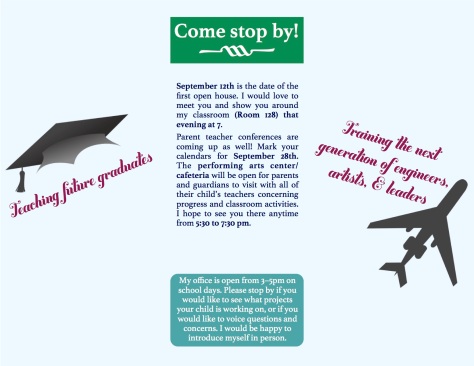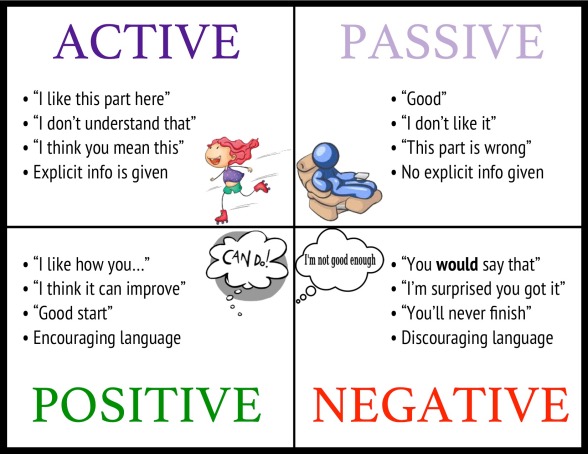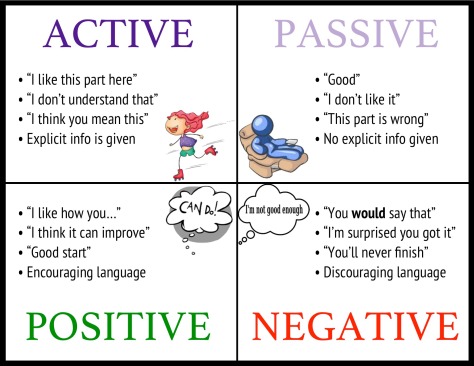Hello, again!
I’ve been auditing a second MOOC, How to Teach Us, from the Coursera platform. This week, one of the readings was a chapter from Fires in the Mind entitled “Is Homework Deliberate Practice?” This chapter covered how many teachers approach assigning and assessing homework in secondary grades, and included quotes from interviewed students. While reading this chapter, I started cementing my ideas (which have previously been vague, but purposeful) of how I wanted to assign homework in my classroom.
One thing that stood out was the idea that, in order to be deliberate practice, each homework assignment should fall into one of four categories known as ‘The four Rs’:
- Readies students for new learning (more complex concept/step)
- Repetitive in knowledge and application of skills
- Reviews previously learned material (such as practicing instrument exercises to improve the playing of a musical piece)
- Revises work or understanding (such as editing a paper)
Another point made was giving students an opportunity to complete work at school. Some students don’t have time or help at home of they get stuck. I will make sure to have tutoring time available during my prep, lunch, or after school each day. I will also encourage my school to have a study time available throughout the week.
The final thing that guided my plan was how students believe their teachers see homework. Many see it as a one-size-fits-all assessment. I’ve tried to cater to that by basing the final homework assignment for the lesson on what was missed in the first unit homework assignment. I can do this by having sets of questions (or worksheets) created before the unit for areas in which I foresee struggling, or using software to help find problem areas en masse (The Learning Company computer games were excellent at catering to the child’s level of understanding). A second concern the interviewed students voiced was that they believed teachers didn’t use or really looked at the assignments that were assigned. I would make it obvious that I go over and make notes and consider altering lesson plans based on what I am reviewing.
My Plan
I’ve tried to weed out the issues as I went, and did an overall review to add specifics after I first wrote it all down. But if you see something you think I’ve missed, please comment! This plan is for my future high school math classroom, which may include more at-risk students than the average classroom.
Daily Assignments
- Formal, formative
- Graded on completion (based on a holistic rubric– partial credit available)
- Expected work time: 20 min.
- Time available during class
This will be a short set of questions (less than ten) that are directly related to the material covered that day. These will be pre-created, but may be altered if necessary. When assessing my students work, I will look over and mark which parts were wrong (and what the correct steps would be), then make note of concepts they are struggling with. I will note class-wide trends for review during class time. When completing these, students should:
- Do it! Partial credit keeps their grades up, and seeing their work helps me find gaps in understanding or if they are ready for more.
- Show their work. Having that window into their process gives me better insight into where things may be going wrong in my lessons.
- Work out the problems they struggle with to the best of their abilities. I don’t know where students get stuck if they don’t attempt the question.
- Make note at the end of the assignment of points where they notice they struggle. This would also be an opportunity to note when too little time was spent on a concept during the lesson.
Unit Homework
- Formal, formative
- Graded on correctness (based on an answer key)
- Expected work time: 45 min.
- No work time given in class
This will be a long set of problems assigned at the beginning of the unit. These problems will be a mix of elements from each lesson, as well as questions that ‘put it all together’. Students are to complete this as they feel competent in each area. This will be collected at the end of the unit, giving students time to seek help and find time in their schedules. This will be an opportunity for students to practice time-management and academic honesty. The motivation to complete this with their own work is intrinsic, as the final assignment will be based on what they need practice in and will rely on them understanding each concept fully, without outside help.
Final Homework Assignment
- Formal, summative
- Graded on correctness (based on an answer key or analytic rubric)
- Expected work time: 30-60 min. (varies for each student/activity)
- No work time given in class
This will be a follow-up assignment based on what each student needed from the Unit Homework. Assignment activities will vary. Students may be given a problem set, worksheet, or BINGO card (containing multiple projects that fulfill one or more concepts). Activity purposes will be determined by assigning each student to one of four categories:
- Students who understand everything will receive deeper questions or require deeper thinking in their projects/application.
- Students who misunderstand one or two things will receive problems/projects based on improving, practicing, and applying that specific element.
- Students who misunderstand multiple things will receive problems dealing with specific base concepts, then combined and applied concepts in questions/projects .
- Students who understand little will (hopefully) have been given intervention as the unit went on. This will be built upon in this assignment by giving them questions and explanations dealing in base knowledge and practice. Reviewing past lessons and subjects will occur if necessary. Altered assessment will be considered for final testing.
That’s it! Let me know what you think!
–Pinky




